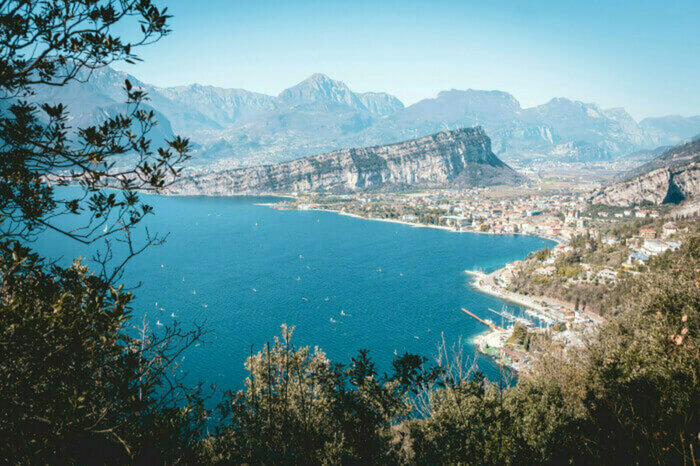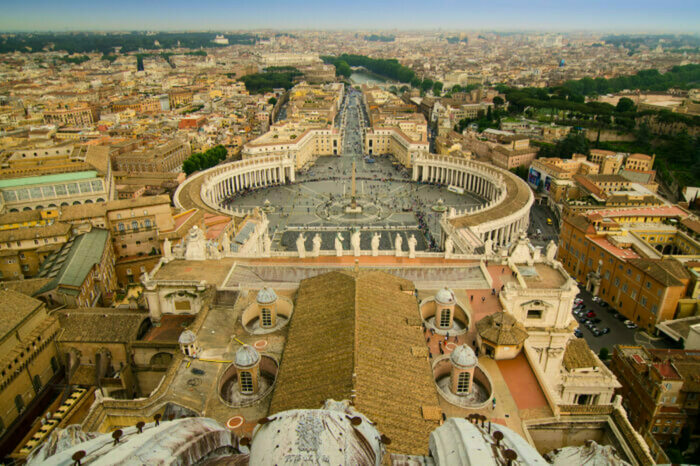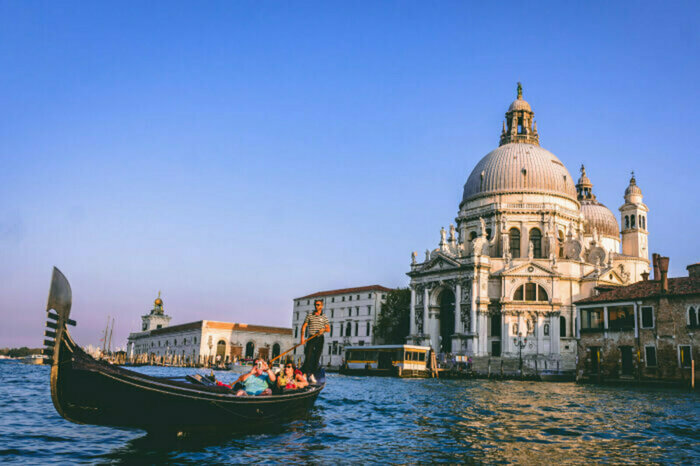Italy — what to see and how to plan your trip
At a glance: a grand route across Italy — Rome (Colosseum, Vatican, Pantheon, Trevi), Venice (Grand Canal, Rialto), Pisa and Pompeii; must-see museums (Uffizi, Accademia, Doge’s Palace, Leonardo Museum), landmark palaces and cathedrals (Milan Duomo, St. Peter’s, Santa Maria del Fiore), plus nature highlights (Etna, Lakes Garda/Como/Maggiore) with embedded maps and practical tips.
Italy: what should you see in this fabulous country in Southern Europe? From Tuscany’s lush vineyards to Rome’s majestic ruins — everyone will find something to love. Our overview of Italy’s tourist attractions and practical suggestions will help you dive deeper into what touristic Italy can offer and decide where to go in Italy.
Places to visit in Italy: a general review
Italy is a Mediterranean country with an ancient history that welcomes travelers year-round. In summer it offers beach holidays, autumn and spring are best for sightseeing programs, and winter brings guests to ski resorts. The capital — Rome, where “all roads lead,” attracts with ancient ruins, museums, culinary and architectural delights; and right here sits the city-state of Vatican, a major Catholic pilgrimage site.
Italy’s attractions, historic monuments, and famous landmarks are scattered all over the country. The north and south differ: the north is wealthier and more economically developed, while the south impresses with its unspoiled nature. Travelers can visit vibrant small communes and big cities, world-class boutiques and rural markets, rich museums and galleries, medieval castles and grand Christian cathedrals. Everywhere you’ll find Italy’s special atmosphere of serenity and beauty, boisterous cheer, and warm hospitality.
The Colosseum in Rome
Italy’s Top 10 sights definitely include Rome’s symbol — the Colosseum, a grand ancient amphitheater holding up to 50,000 spectators. Built in the 1st century CE, it had three tiers for different classes and 80 entrances. In the Middle Ages gladiatorial games were banned, and the Colosseum fell into neglect; it was even quarried for building stone. Pope Benedict XIV saved it from destruction by consecrating it in memory of Christian martyrs. Today it’s a museum, closed only on December 25. Entry costs €18.
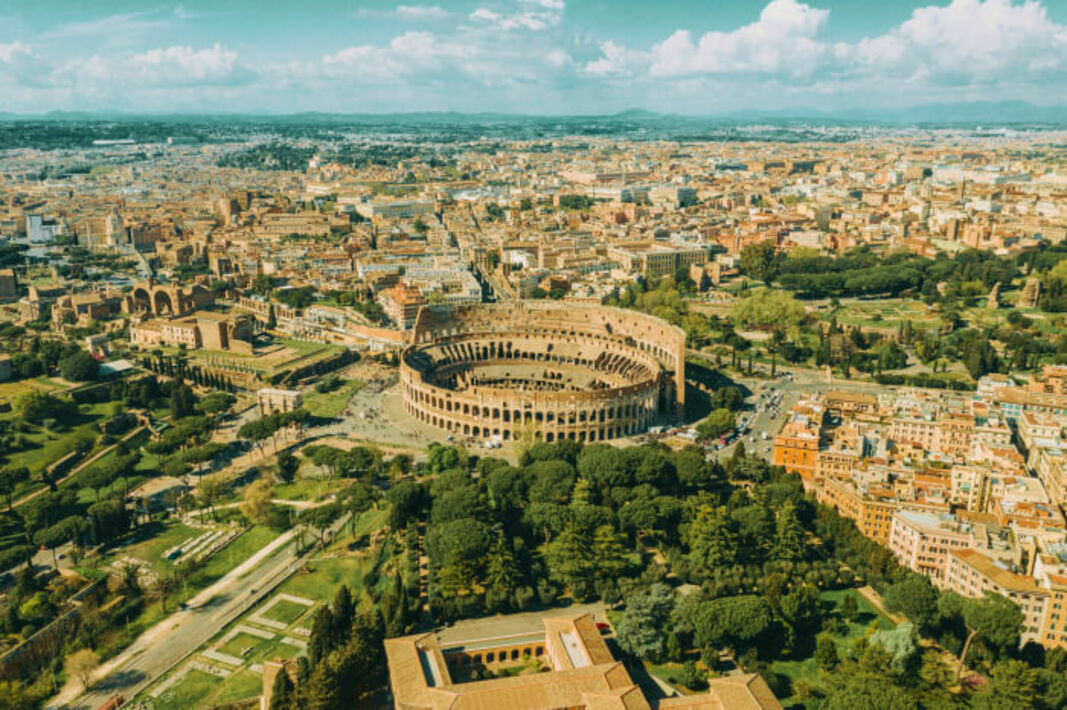
The Vatican and its museums
Looking at a map of “Italy’s attractions,” you’ll see the Vatican right in central Rome — the world’s smallest state by area (entry via security gates). It’s home to the Pope and the Holy See and is a UNESCO site. *Please respect Catholic customs and cover bare shoulders and knees.
Where has the Pope been elected since the 15th century, and where does Michelangelo’s “Creation of Adam” fresco live? The answer is the Sistine Chapel — the Vatican’s crown jewel, where cardinals gather for conclave beneath Michelangelo’s Old Testament ceiling. The Raphael Rooms are another highlight, famed for the “School of Athens.”
Thanks to its influence, the Vatican amassed world-class collections: ancient Egyptian sarcophagi and mummies, classical marble sculptures (Belvedere and the Hall of the Muses), and Renaissance masterpieces (in the picture gallery: Raphael, Titian, Veronese, Caravaggio, and more). Museum entry is about €16; hours roughly 8:30–16:00 (join the line by ~08:00 for best results).
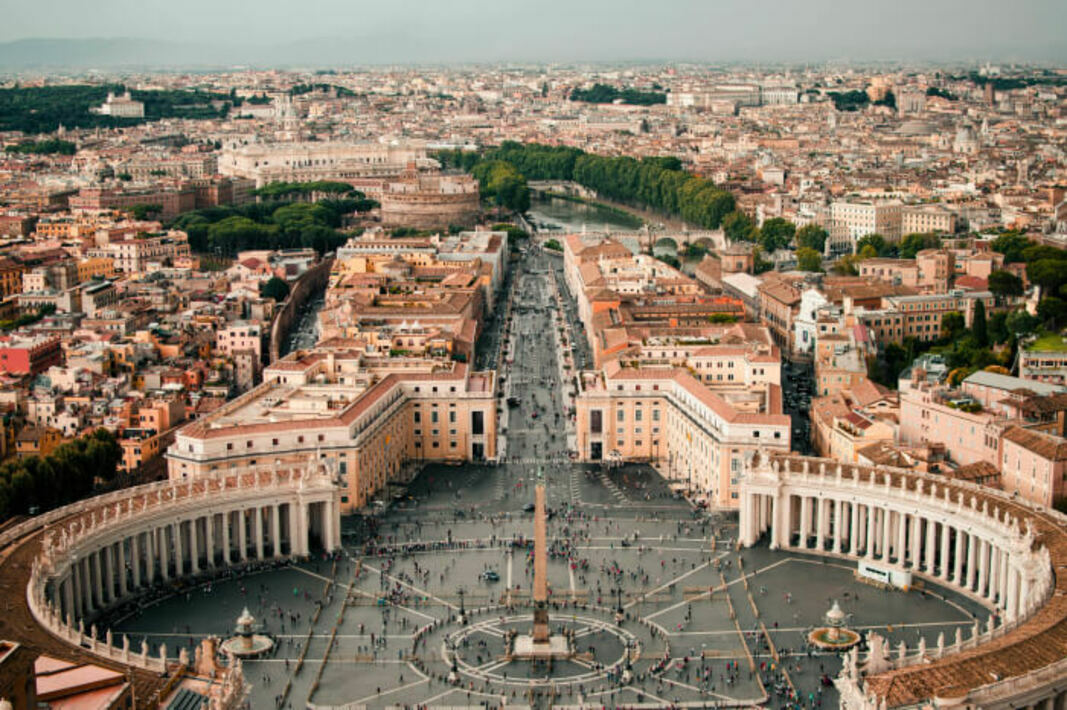
The Pantheon, Rome
Also in the Top 10: the Pantheon — the “Temple of all gods,” boasting the world’s largest unreinforced concrete dome. Revolutionary for its time and a model for generations, it sits in Rome’s historic center. Originally lined with marble (now mostly gone), its massive 6-meter-thick walls support the cupola. The façade has 16 Corinthian columns; the only light source is the 9-meter oculus (drainage is built into the floor for rain). The interior has changed many times: today you’ll see Christian frescoes, though the temple once symbolized the emperors’ bond with the ancient gods. Some opulence is lost, but the patina of age makes it even more striking.

Trevi Fountain
Among Italy’s most beautiful Baroque landmarks reflecting the nation’s history and spirit is Trevi Fountain in central Rome. It’s the country’s largest fountain (26 m high, 20 m wide) and a dazzling Baroque showpiece, where foaming water and marble sculpture weave Italy’s history, mythology, art, and romance.
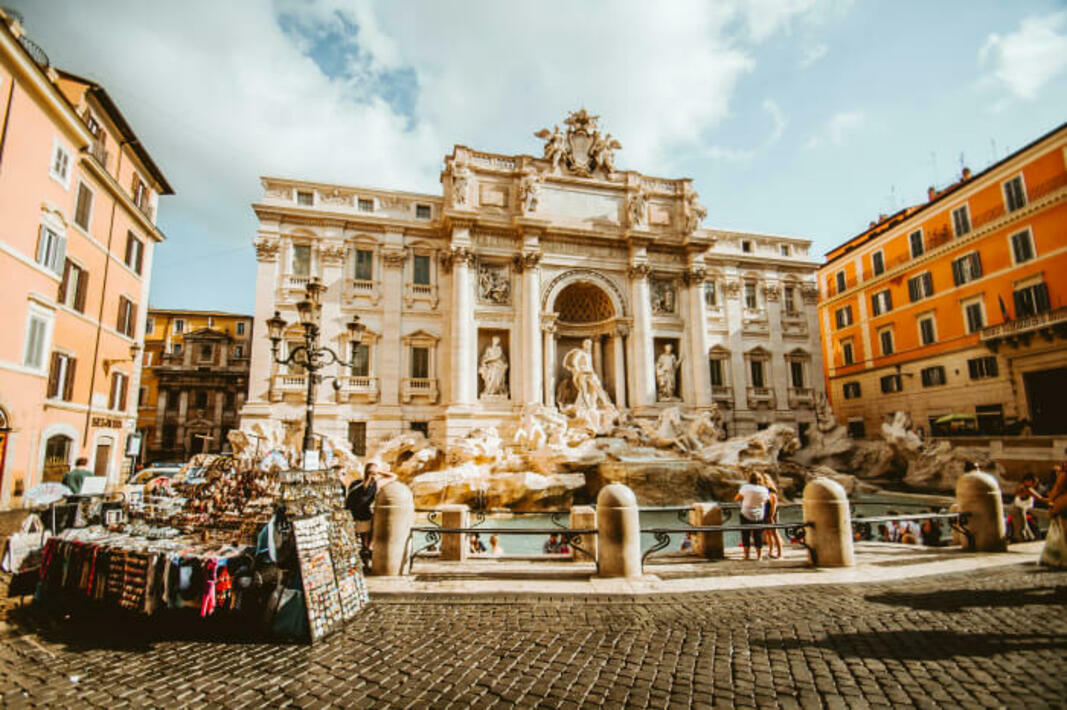
Venice: Rialto Bridge & the Grand Canal
A city on water naturally appears on any list of Italy’s most beautiful towns. Ever-popular Venice shines in warm months, when a gondola ride along the main artery — the Grand Canal — is pure comfort. You’ll glide past elegant Renaissance palazzi, Baroque façades, and stern Gothic lines. The Rialto Bridge, still a working shopping arcade, is a beloved photo backdrop (*souvenirs here are pricey). St. Mark’s Square and Basilica are another classic stop for feeding pigeons and snapping keepsake photos.
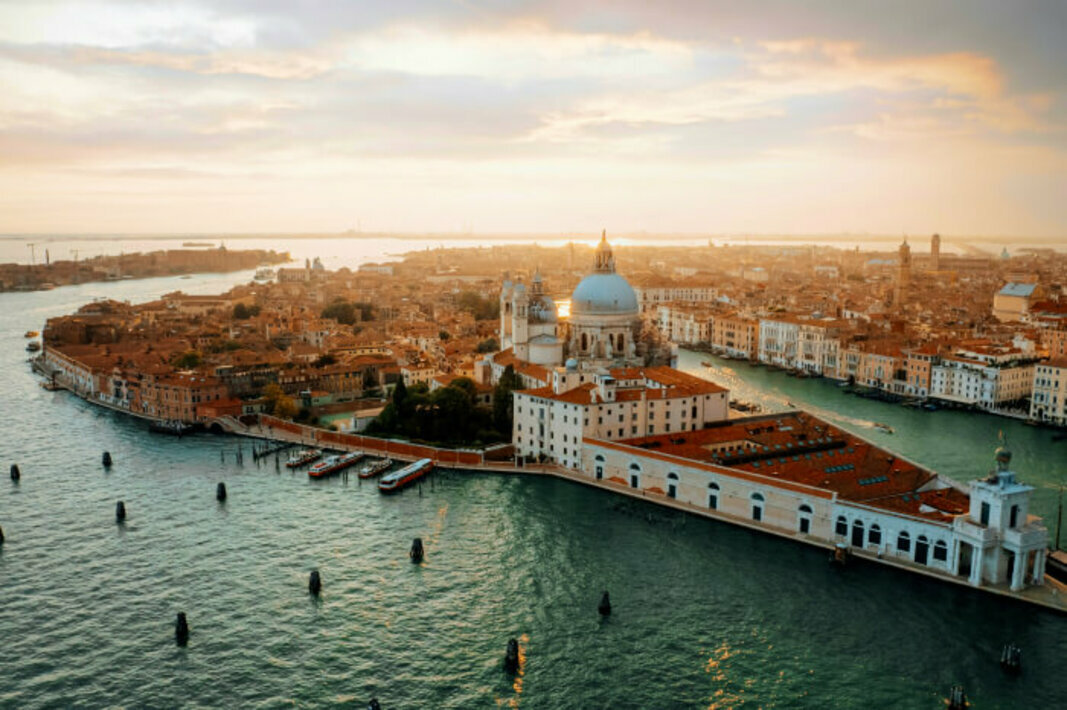
The Leaning Tower of Pisa
Global icons of Italy definitely include the Leaning Tower — the bell tower of Pisa’s Piazza dei Miracoli (UNESCO). Built of white marble on weak soil, its tilt began during construction; today the structure is stabilized and safe for visitors. The classic “holding up the tower” photo and the view from the observation level are must-dos in Italy.
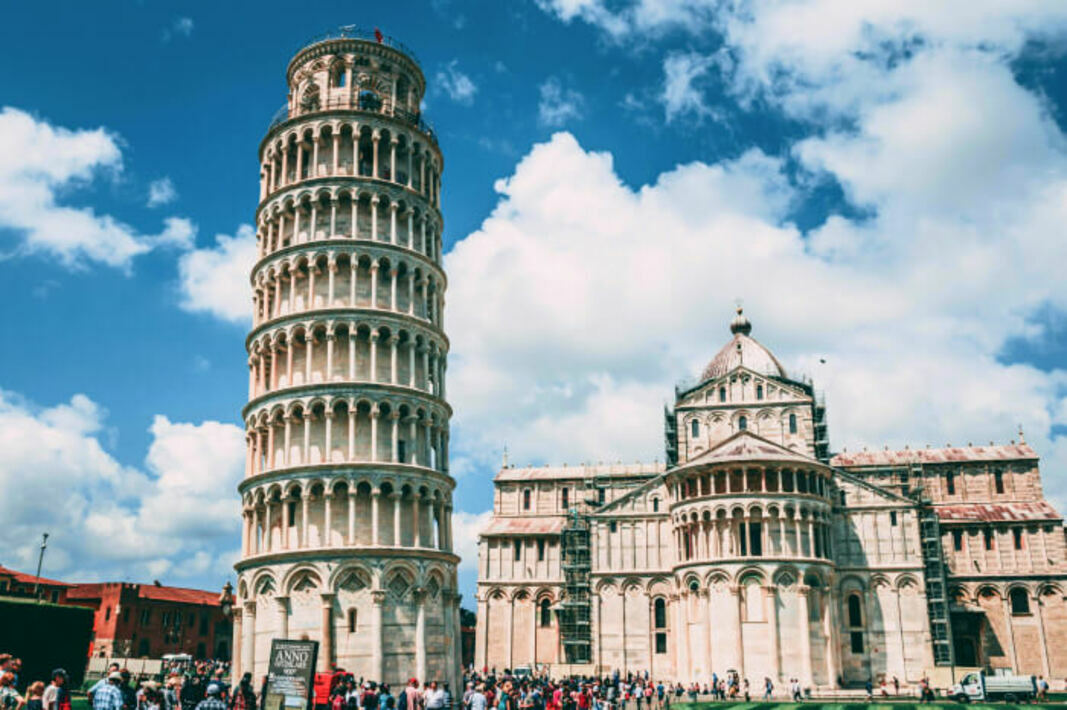
Pompeii
What to see in Italy if you love archaeology and geology? The famous AD 79 eruption of still-active Vesuvius destroyed Pompeii and nearby settlements. Excavated ruins near Naples reveal temples with gorgeous frescoes and mosaics, amphitheaters, public baths, gladiators’ barracks, palazzi, and citizens’ homes.

Italy’s museums
What to see first if culture is your priority? Italy is the heir to classical traditions and a place where many arts reached their peak. Painting, sculpture, and classical music here can captivate even non-experts. Museums, galleries, concert halls — Italy shines in them all.
A must on a first trip is Florence’s Uffizi Gallery. The palace-like building holds Renaissance masterworks: originals by Leonardo da Vinci, Raphael, Michelangelo, Botticelli, and more, plus early paintings from the Medici collection — Florence’s legendary patrons and rulers. The museum’s splendor and uniqueness guarantee lines, so book tickets online if possible. You can also buy a combined ticket for the Galleria dell’Accademia, famed for Michelangelo’s David.
In Venice, visit the Gallerie dell’Accademia (Tintoretto, Bellini, Titian) and the superb example of Venetian Gothic — the Doge’s Palace.
Milan hosts the National Museum of Science and Technology “Leonardo da Vinci”, with original drawings and models of his inventions — early parachutes, automobiles, and submarines.
Many palaces have become museums open to visitors. Romantics flock to Juliet’s House in Verona for photos in the courtyard beneath the famous balcony. Architecture lovers should see Florence’s grand Quattrocento residence — Pitti Palace — with multiple museums and a lore-filled past.
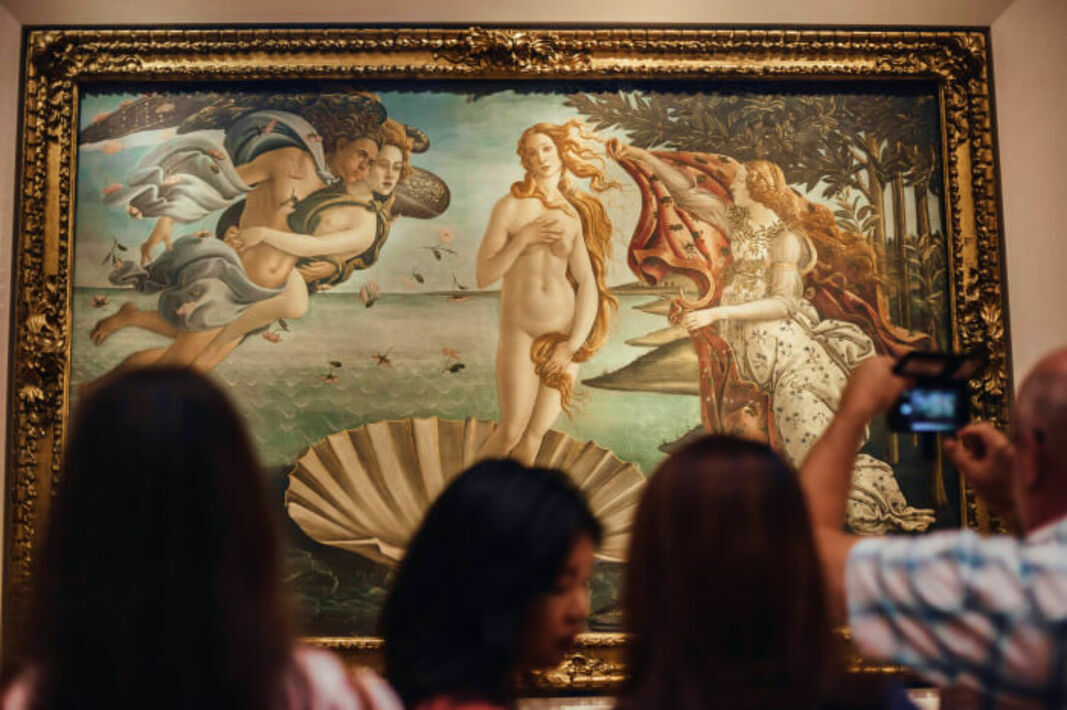
Castles and palaces of Italy
If castle tours thrill you, Italy has plenty: family fortresses in austere medieval style, with preserved armor and furniture, many now state-owned. Built for defense against enemies and peasant uprisings, they’re more about rugged living than pomp — thick walls and narrow embrasures. Notable sites open to tourists include: Castel Nuovo (Naples), Castel del Monte (Apulia), Aragonese Castle (Ischia), Fort Bard (Valle d’Aosta), Castello Sforzesco (Milan), and Monforte (Molise), among others.
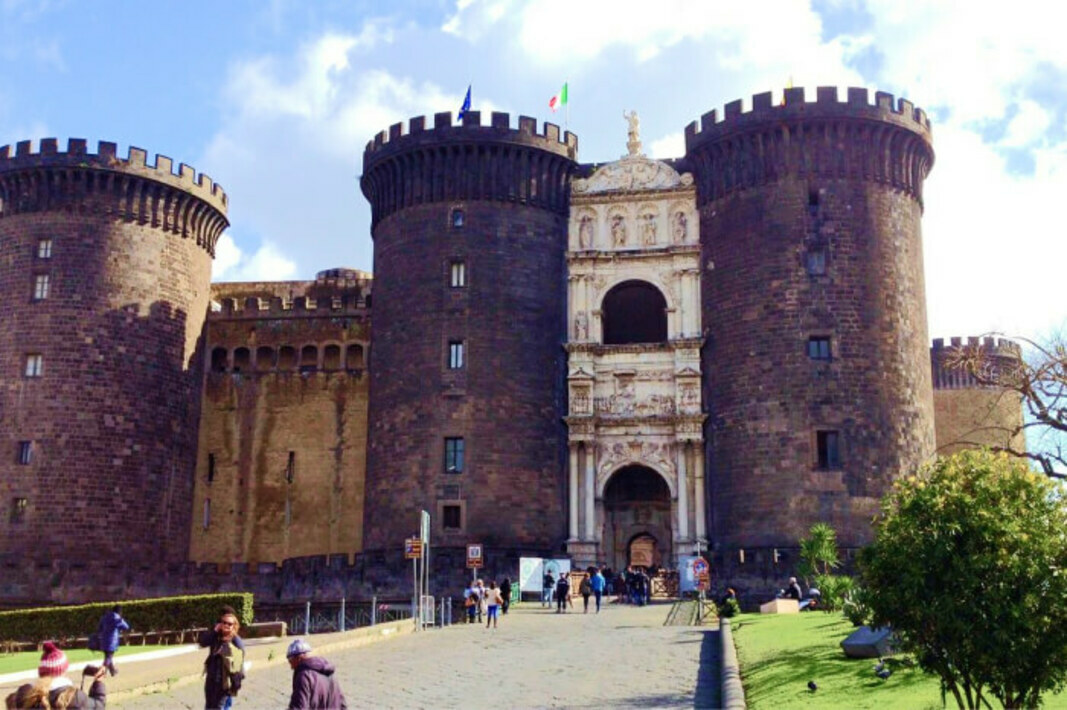
Cathedrals of Italy
No guide to Italian sights is complete without its magnificent Catholic cathedrals. Every province tried to build something unique to outshine the rest.
Milan Cathedral (Duomo) — a lacework miracle in white marble — stuns with its scale, 135 Gothic spires, and refined interior.
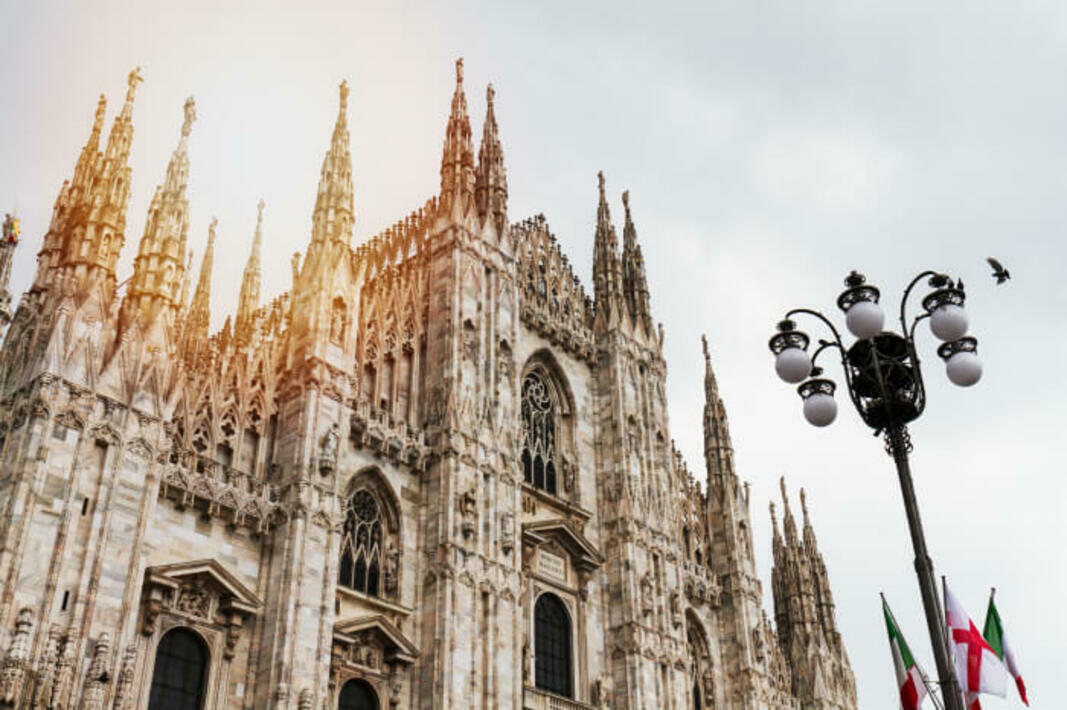
St. Peter’s Basilica (Vatican) — the most monumental — holds up to 60,000 worshippers; papal Masses on the square can gather ~400,000. Bramante, Raphael, and Michelangelo all worked on it.
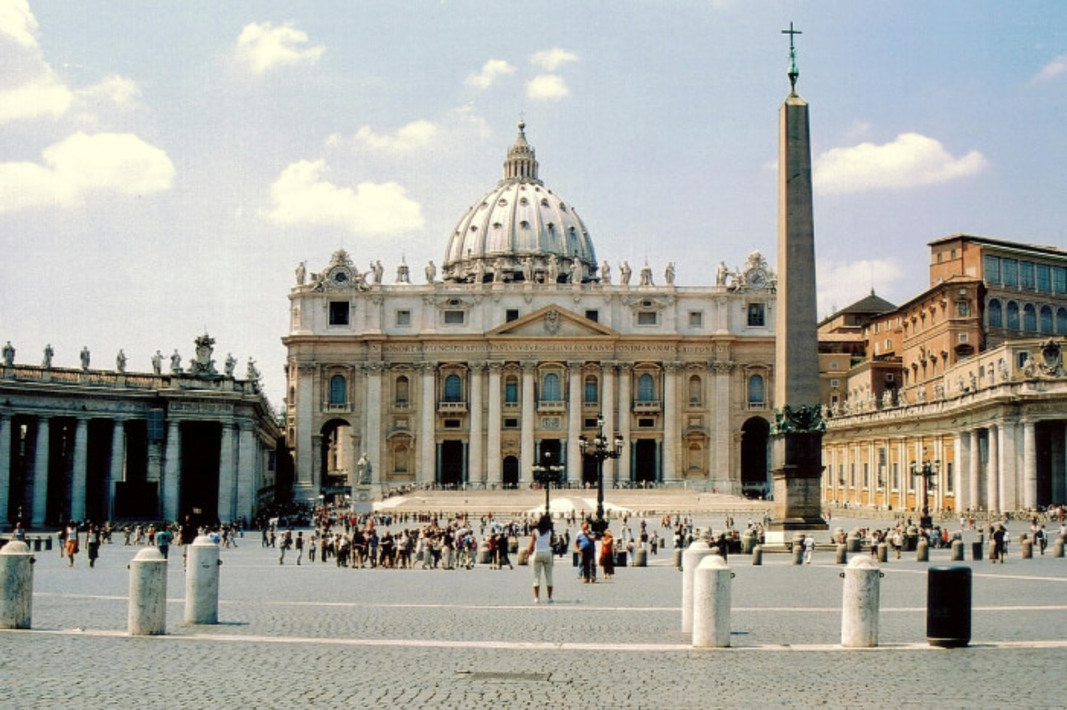
Cathedral of Santa Maria del Fiore (Florence) — a stunning Renaissance monument, clad outside in green, white, and pink marble, and decorated within with frescoes and stained glass. Its red dome, about 90 meters long, is visible citywide and serves as a reliable landmark.
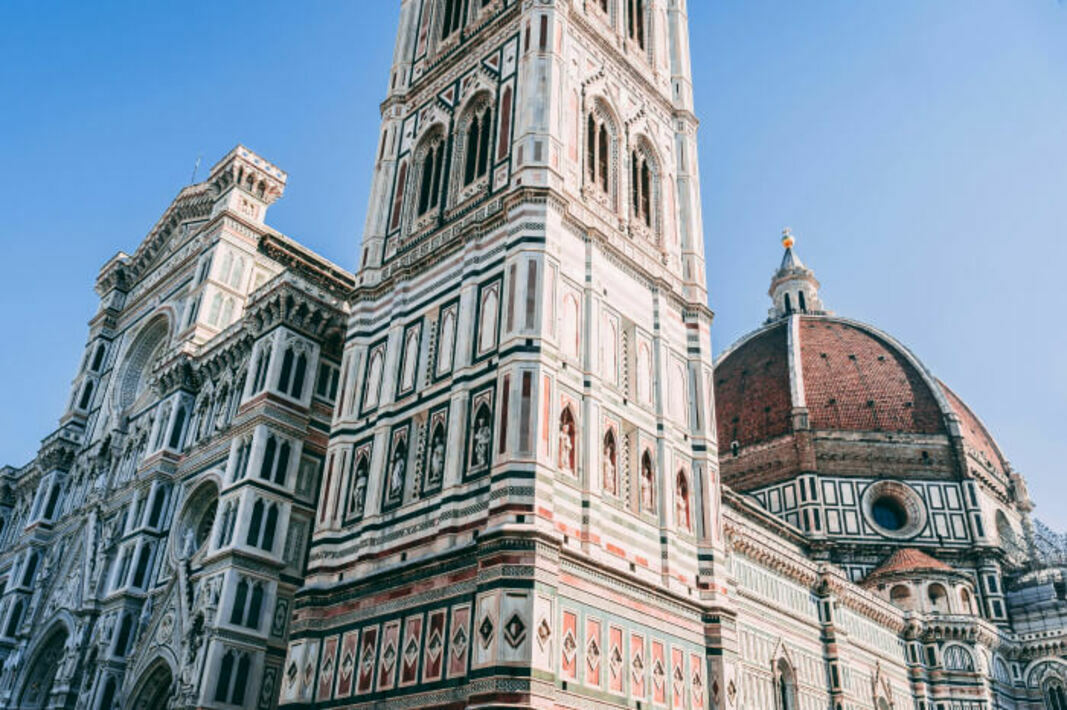
*Beyond big and small churches in the cities (many are masterpieces), there are monasteries and rock-hewn chapels high in the mountains, reached only by footpaths.
Italy’s natural attractions
Italy’s beauty isn’t limited to cities — it’s a country of photogenic landscapes where sky meets sea and mountains, green meadows, and vineyards.
Italy’s volcanoes
The country has 20+ volcanoes, about 10 now inactive. The largest active one is Etna in Sicily; its height changes with eruptions (~3,300 m). Several craters up to 200 m across crown the summit. Despite regular activity near the coast, the upper slopes can be snowy with skiing possible. A cable car runs to ~2,500 m; higher sections are on foot or by 4×4 (with guides).
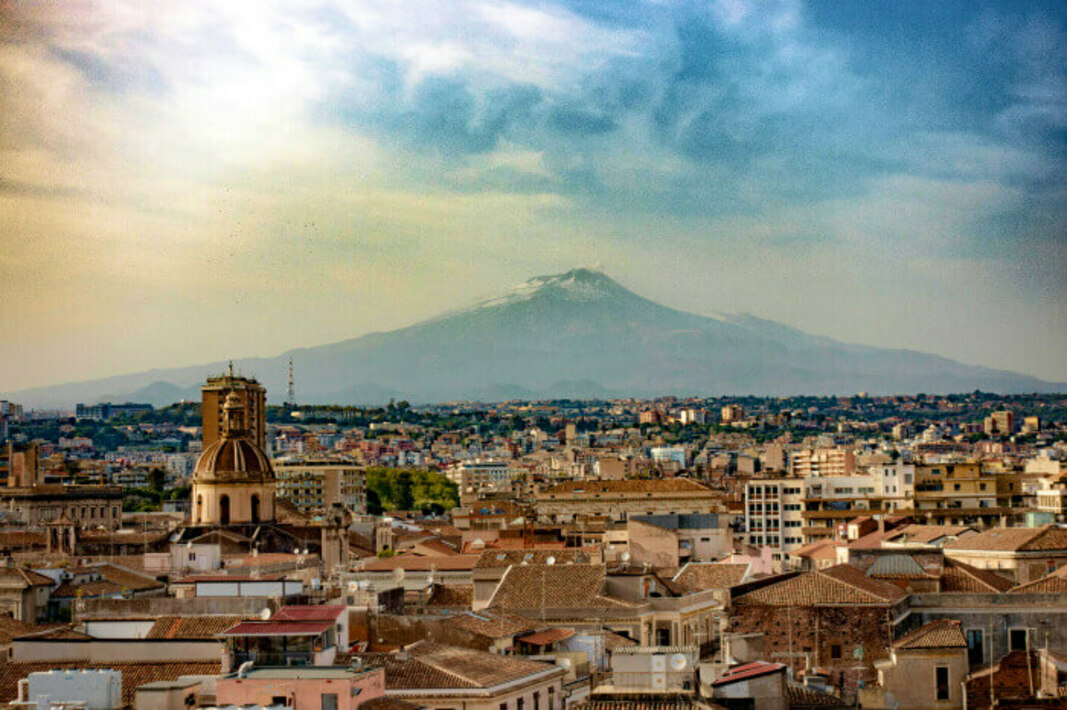
Popular excursions also include Stromboli, Vulcano, Vesuvius, and the Phlegraean Fields (Campi Flegrei) with thermal springs.
Italy’s lakes
Italy’s top natural sights invariably feature deep, beautiful lakes (many formed by crustal faults). In the mountains and on the plains (around 1,500 in total), their deep-blue waters mirror forests, mountains, and colorful coastal towns — perfect Instagram scenes.
Lake Garda — the country’s largest — lies in the Alps between Venice and Milan. Its water shimmers emerald, and the shore is set with beaches and promenades. Infrastructure is excellent for a comfortable stay.
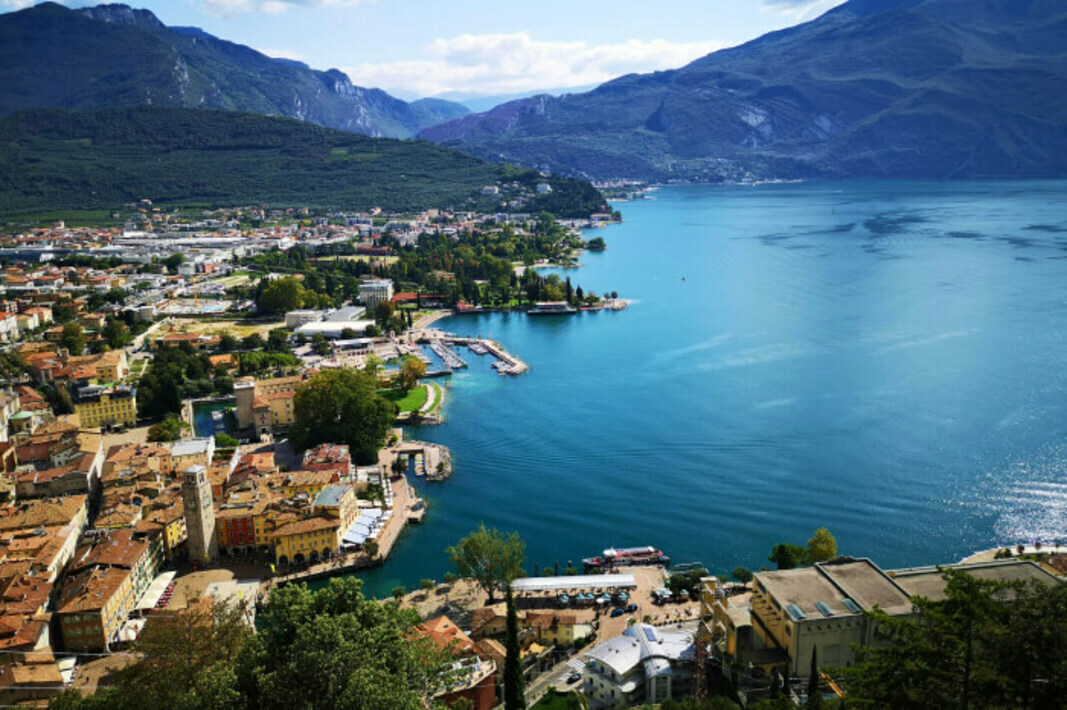
Lake Como, close to Milan, is Italy’s most bohemian lakefront, lined with villas of global celebrities and the country’s elite, palaces and castles from different periods, hotels, and restaurants. Vineyards, olive groves, pomegranates, and cypresses flourish along the verdant shores.
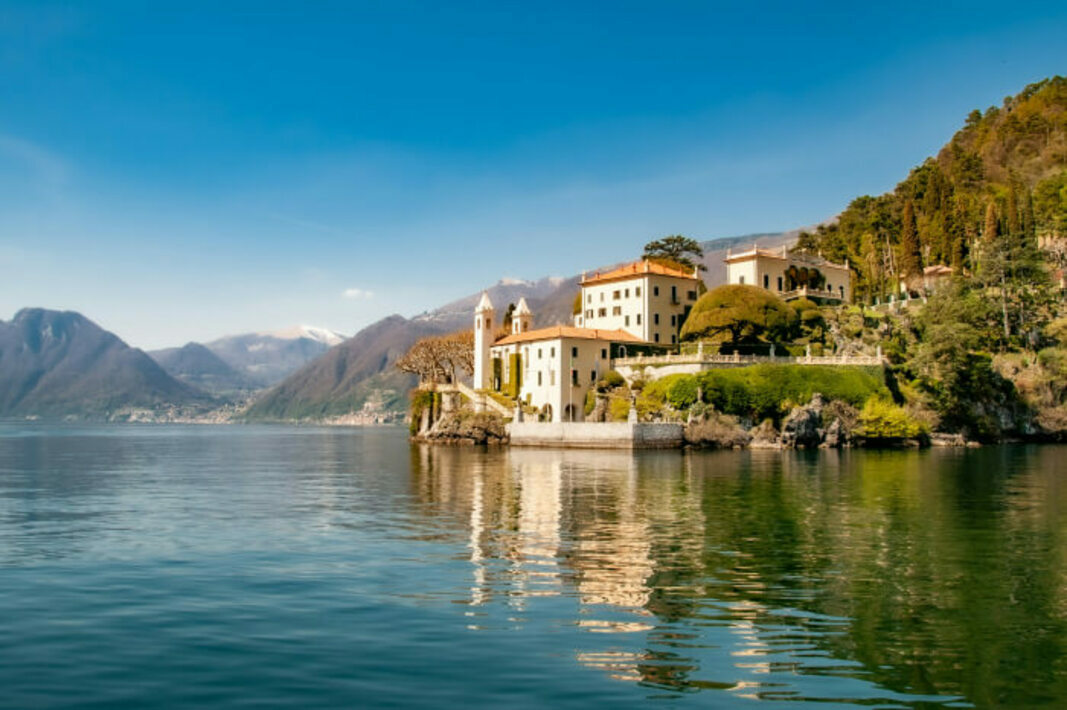
Lake Maggiore (Piedmont) is famed for sailing and fairy-tale castles on rocky shores. Here you’ll find estates of the powerful Visconti and Borromeo families. Maggiore’s coastline is often cited among Italy’s most beautiful places.
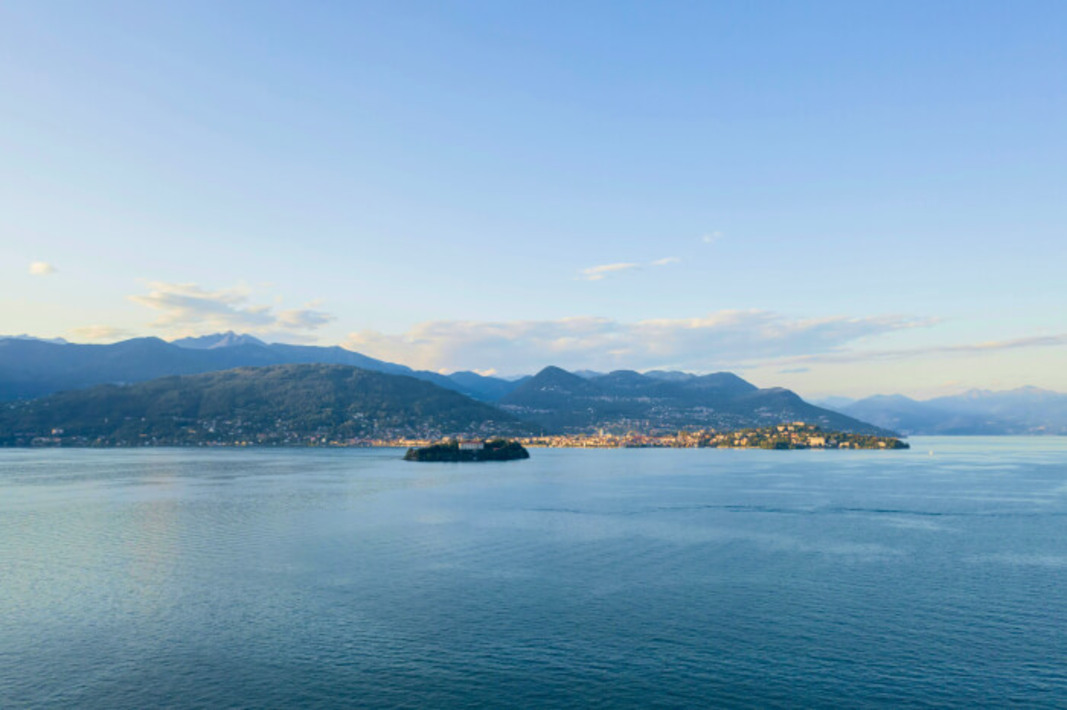
To wrap up our journey through Italy’s highlights: this is only a slice of what the country offers. Italy never ceases to amaze with its history, culture, and natural beauty. We’re sure everyone will find a reason to return. May your Italian adventure be vivid and full of discoveries!
Don’t miss the chance to see Italy’s most picturesque corners! Book your tour now and dive into a world of aesthetics, history, and culture!
Italy travel FAQ
What should I see on a first trip?
Rome (Colosseum, Vatican, Pantheon, Trevi), Florence (Uffizi, Duomo), Venice (Grand Canal, Rialto), Pisa, Pompeii.
Best season for cities and museums?
Spring and autumn: mild weather and shorter lines than summer.
How do I skip lines at the Vatican/Uffizi?
Buy timed online tickets, arrive early, and pick weekdays.
What’s the easiest way to travel between cities?
High-speed trains (Frecciarossa/Italo) on the Rome–Florence–Venice–Milan axis; mix trains and buses in the south.
Typical daily budget?
City breaks: €80–150 excluding flights. Museums €15–25; meals €15–35 pp.
Tips for Etna, Vesuvius, Stromboli?
Check local advisories, wear hiking shoes, bring water and sun protection; Etna’s cable car rises to ~2,500 m.
Are city passes worth it?
Roma Pass/Omnia (transport + sights), Firenze Card (museums), Venice Pass (public transport + discounts).
Will I be fine with cards only?
Mostly in big cities. Keep some cash for markets, kiosks, and tiny trattorias.
Tipping and “coperto” explained?
“Coperto” (€1–3) is often on the bill; service may be added. Tipping (5–10%) is optional.
Which neighborhoods are best to stay in?
Rome: Centro Storico/Trastevere; Florence: Duomo/Santa Croce; Venice: San Marco/Cannaregio; Milan: Brera/Duomo.
Is Italy safe?
Generally yes. Watch for pickpockets in crowds and on transit; store documents separately.
Where to buy train tickets?
Trenitalia/Italo apps or station kiosks; high-speed trains have reserved seating.

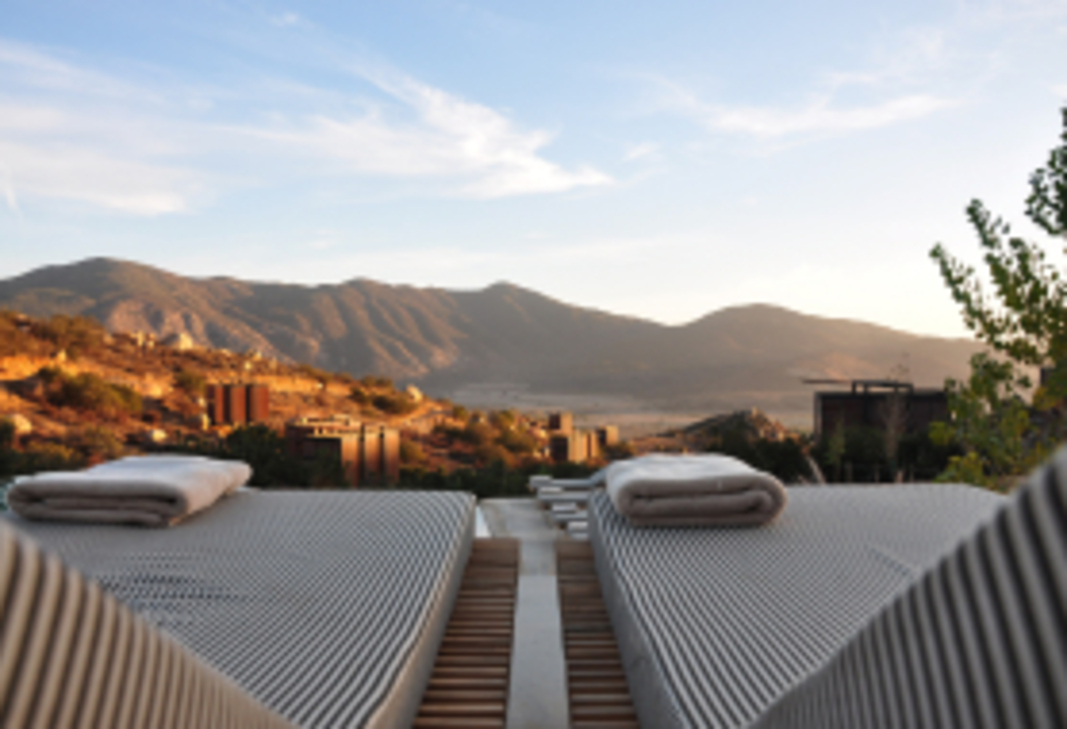
 Enter
Enter


